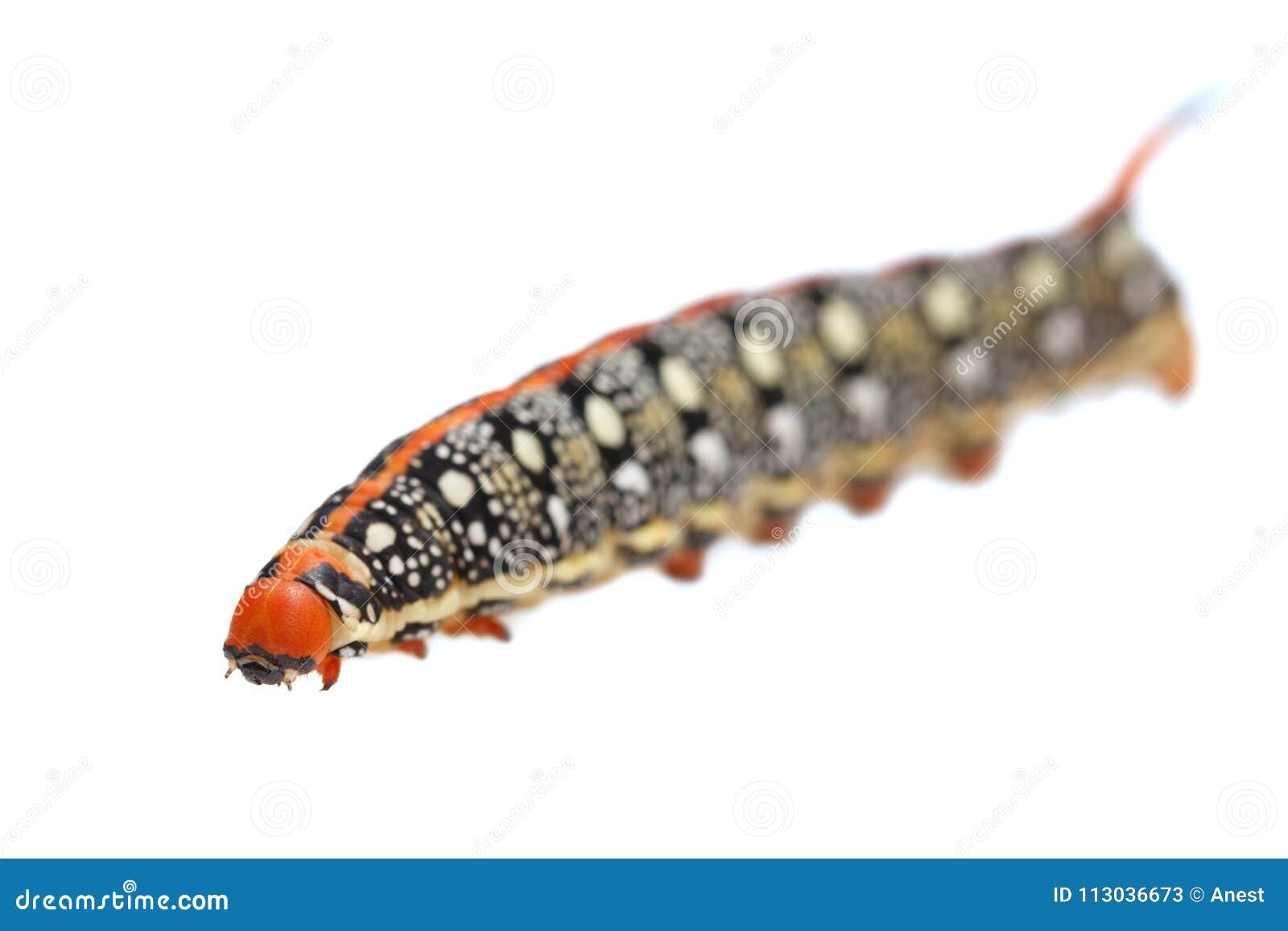

Both temperature and photoperiod (the relative length of exposure to light and dark within a day) have significant impacts on the timing of tobacco hornworm molting. In a healthy hornworm larva, molting is regulated both by environmental and physiological conditions. My classmates and I aim to recreate these experiments with our own Manduca sexta larvae and document the results here. If caterpillars were ligated 5 or more hours post-molting to the fourth instar, researchers found that the entire ligated caterpillar showed signs of molting however, larvae that were ligated within 5 hours of emerging as fourth instars only displayed pupal characteristics on the posterior section of the body (Gibbs & Riddford 1977). This tipped researchers off to the fact that some molecule from the insect's brain must be initiating ecdysis and further molting processes, and that there exists a critical period in Manduca during which this molecule is released.

The idea here was to inhibit circulation of specific molecules (now recognized as prothoracicotropic hormone, juvenile hormone, and ecdysteroids) produced in the insect brain and its accessory organs. By ligating, or tying off, one end of a final-instar larva with a fine string, hemolymph circulation was restricted, though the larva continued to survive. Early insect physiologists ingeniously devised a simple experiment to examine the effects of limiting hormone circulation throughout a developing larva. Check out the following video to see the tracheal linings being removed along with the rest of the old larval cuticle:Īside from gaining valuable parenting experience caring for my Manduca larvae, another goal of this project is to examine the hormonal control of molting behavior through a classic ligation experiment. Clearly, this is a very vulnerable period in an insects' life, one in which the insect is unable to breath and defend itself from predators or inhospitable conditions. Since most insects are passive breathers, depending on simple gas exchange to keep oxygen flowing into their spiracles, and since the tracheal tubes leading air from the external environment into the insect are lined with cuticle, the molting process can be quite tricky and involves completely removing the lining of all tracheae during each molt. skin), which has become too small, in a process known as molting. Each progression from instar to instar involves shedding the insect's cuticle (ie. The rate of growth is not the only fascinating aspect of insect development, however. Please also check out this separate blogpost on rearing Manduca larvae, complete with high-quality images of the adult moth and interesting facts about hornworm life history:


 0 kommentar(er)
0 kommentar(er)
